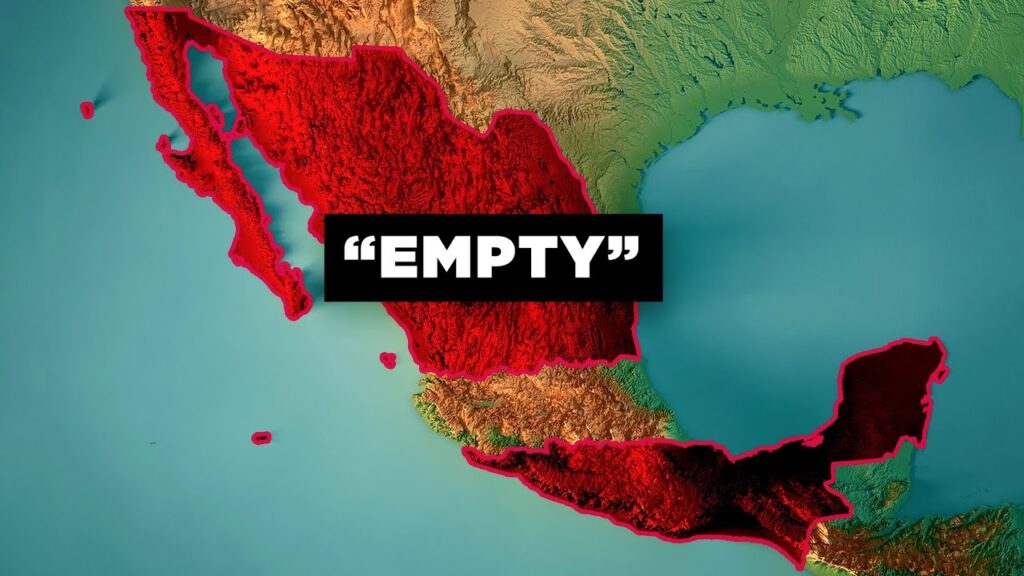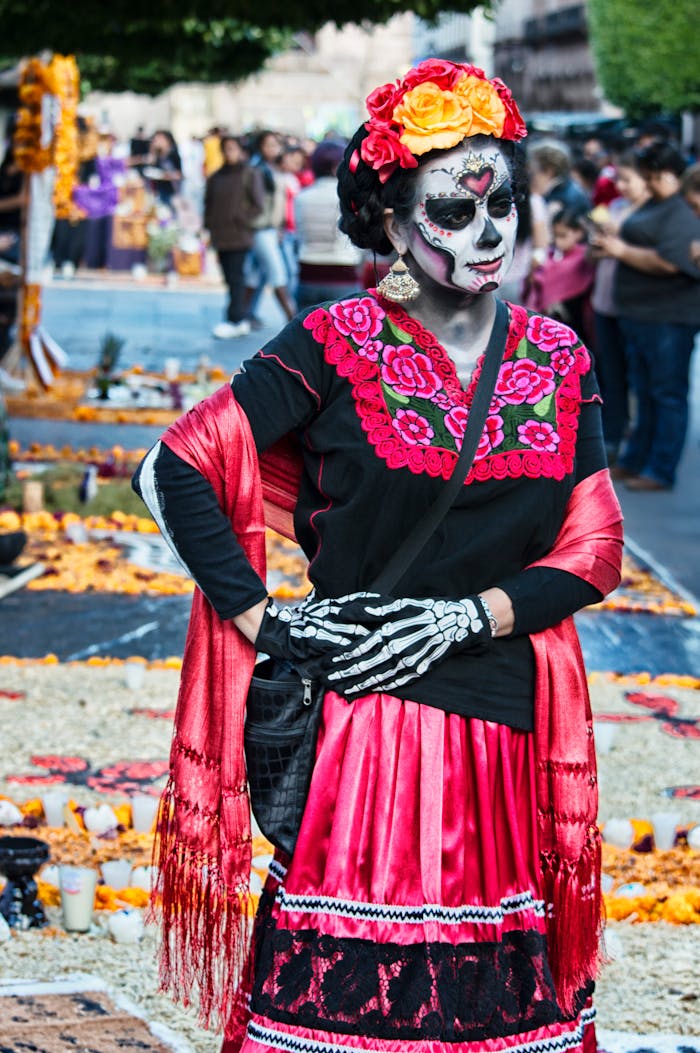Discover the Enchanting Region that Hosts Mexico City
Mexico City, a sprawling urban expanse nestled in the Valley of Anahuac, is surrounded by a tapestry of rich history and diverse landscapes. Often overlooked by travelers in favor of more advertised seaside resorts, the surrounding region of Mexico’s capital is an adventure lovers’ haven, replete with volcanic mountains, ancient ruins, and hidden gem towns that beckon to be explored.
The region’s majestic backdrop is dominated by two towering volcanoes, Popocatépetl and Iztaccíhuatl, which have been woven into the local lore and identity through centuries. These natural landmarks offer not only breathtaking vistas but also myriad hiking and climbing opportunities for all levels of outdoor enthusiasts. Whether you’re looking for a challenging trek or a leisurely nature walk, the trails around these sleeping giants promise unforgettable adventures and panoramic views over the valley.
Aside from the grandeur of its natural features, the region boasts several UNESCO World Heritage Sites, including the pre-Hispanic city of Teotihuacan, with its awe-inspiring Avenue of the Dead and the towering Pyramids of the Sun and the Moon. Delving into these ancient ruins, you’ll glimpse the grandiosity of past civilizations and their indelible impact on Mexican culture. For those captivated by history and archaeology, these sites are not just attractions but portals to an ancient world, ripe with mystery and architectural brilliance.
Exploring the Heart of a Nation: Where is Mexico City Located?
Mexico City, the vibrant capital of Mexico, is situated in the Valle de México, also known as the Valley of Anahuac, and is flanked by mighty volcanic mountains. This sprawling megacity stands at an altitude of approximately 2,240 meters (7,350 feet) above sea level, making it one of the highest capital cities in the world. Founded by the Aztecs in 1325 as Tenochtitlan, the city boasts a rich historical tapestry that is nestled in the heart of the country. Today, it is the most populous city in North America, with countless travelers and adventurers coming to explore its historic streets, culinary delights, and cultural treasures.
The geographical location of Mexico City places it in the Trans-Mexican Volcanic Belt in the southern part of the central highlands. Due to its central location, it serves as a hub for transportation and communication between the various regions of Mexico. The city’s coordinates, at 19.4326° N latitude and 99.1332° W longitude, put it squarely in the sights of those looking to immerse themselves in the confluence of pre-Colombian and Spanish colonial history. The climate varies from temperate to subtropical, allowing for a rich diversity of experiences depending on the time of year one visits.
Encircled by expansive mountains and volcanoes, such as the iconic Popocatépetl and Iztaccíhuatl to the south, Mexico City holds the awe-inspiring position of being both a gateway to the ancient past and a bustling, modern metropolis. Its central district, the Zócalo, is one of the largest city squares in the world and is a formidable starting point for any adventure into the wider city or beyond. The heart of Mexico beats strong here amidst a mixture of indigenous traditions and colonial influences, offering a unique pulse that can’t be found anywhere else on the planet.
Unveiling Mexico City’s Geographic Secrets
Mexico City, the vibrant heart of Mexico, is not only a melting pot of culture and history but also a wonder for geographical enthusiasts. Stretched out at an impressive altitude of 2,240 meters (7,350 feet) above sea level, this sprawling metropolis offers more than just breathtaking views. Formerly known as Tenochtitlán, it was originally built on an island of Lake Texcoco by the Aztecs. Now, the remnants of its aquatic origins can still be felt through the city’s complex network of underground tunnels that once directed the flow of water.
The city’s topology has played a crucial role in its development and architecture. Valleys, small hills, and mountain ranges surround the area, cradling the city in a tapestry of natural grandeur. Earthquakes, a result of Mexico City being situated atop the transversal volcanic belt, have shaped the city, both metaphorically and physically, leading to unique architectural adaptations and styles. These geographical features present a striking juxtaposition against the backdrop of one of the most populous cities in the Western Hemisphere.
One cannot discuss the geography of Mexico City without mentioning its lakes and canals, particularly the remnants of Xochimilco. These canals are a leftover from the pre-Hispanic era and are now a UNESCO World Heritage Site. The trajectory of Aztec canals influenced modern urban planning, thus leaving a mark on Mexico City’s layout. Visitors can explore these ancient waterways by trajineras – brightly colored, flat-bottomed boats – while absorbing the tranquil atmosphere and the city’s connection to its storied past.
Mexico City: The Pulsating Capital of a Rich and Diverse Country
Mexico City, a bustling metropolis that combines ancient history with modern urban vibrancy, is the heart of Mexico. As one of the largest cities in the world, it is a tapestry of culture, cuisine, and art. Here, travelers can explore Aztec ruins, dine at world-class restaurants, and immerse themselves in the rich tapestries of Mexican heritage. Each neighborhood in this grand city tells a different story, from the cobblestone streets of Coyoacán to the sleek buildings of Santa Fe.
The city’s historic center, known as El Zócalo, is a UNESCO World Heritage site and home to the majestic Metropolitan Cathedral and the ancient Aztec temple, Templo Mayor. This square is a living history book offering a window into the country’s complex past and vibrant present. It’s common to witness a juxtaposition of traditional indigenous dances with the hustle and bustle of modern-day street vendors selling a myriad of goods.
Art enthusiasts will revel in Mexico City’s extensive offerings. Frida Kahlo’s Blue House and Diego Rivera’s murals at the Palace of Fine Arts provide an intimate glimpse into the minds of Mexico’s most famous artists. Additionally, the sprawling Museo Nacional de Antropología showcases one of the world’s most comprehensive collections of pre-Columbian artifacts, echoing the nation’s indigenous roots within its modern cosmopolitan identity.
For foodies, Mexico City is akin to paradise with its wide spectrum of culinary experiences, ranging from street food stalls offering tacos al pastor to high-end restaurants where innovative chefs put contemporary twists on traditional dishes. The city’s gourmet markets, like Mercado Roma, are a feast for the senses, with colorful displays of fresh produce and the alluring aromas of local spices blending to create an unforgettable atmosphere.
Green spaces in the city, like the vast Chapultepec Park, provide a respite from urban life, with lakes, museums, and even a castle. Whether it’s people watching at Alameda Central or taking a boat ride through the ancient canals of Xochimilco, Mexico City offers countless opportunities to relax and enjoy the natural beauty that is woven through the fabric of this large urban landscape.
Navigating the Wonders of Mexico City in Its Home Country
Mexico City, the vibrant heart of its eponymous country, is a treasure trove of culture, history, and modern excitement. This sprawling metropolis, one of the largest cities in the world, offers an adventure for every traveler. From the ancient ruins of Tenochtitlan to the bustling streets of the Zocalo, every corner of this city tells a story. Visitors will find themselves enchanted by the rich tapestry of sights and sounds, as they explore neighborhoods that each boast their own unique charm and character.
The Historic Center, or Centro Histórico, is the nucleus of Mexican heritage and a must-visit destination for history enthusiasts. The majestic Plaza de la Constitución, commonly known as El Zócalo, is flanked by landmarks such as the Metropolitan Cathedral and the National Palace. Wandering through these historic streets, one can almost hear the echoes of the past, from the Spanish conquest to the Mexican Revolution, resonating through the vibrant culture that has emerged from this complex history.
For those seeking an artistic journey, Mexico City is a canvas painted with some of the most influential art in Mexican history. The world-renowned Museo Frida Kahlo, located in the picturesque area of Coyoacán, provides an intimate glimpse into the life and work of one of Mexico’s most iconic artists. Murals by Diego Rivera, displayed in public spaces such as the Palacio de Bellas Artes, tell stories of social struggle and revolution, reflecting the soul of a nation through stunning visual narratives.
Of course, the adventure in Mexico City is not solely rooted in the past; the city is also a hub of modern cuisine, fashion, and nightlife. Areas like Polanco and Condesa are home to premier dining experiences, where culinary wizards merge traditional Mexican flavors with contemporary techniques, creating a gastronomic adventure like no other. After dinner, the city’s vibrant nightlife beckons, with a myriad of bars, clubs, and live music venues that invite locals and visitors alike to dance the night away.


